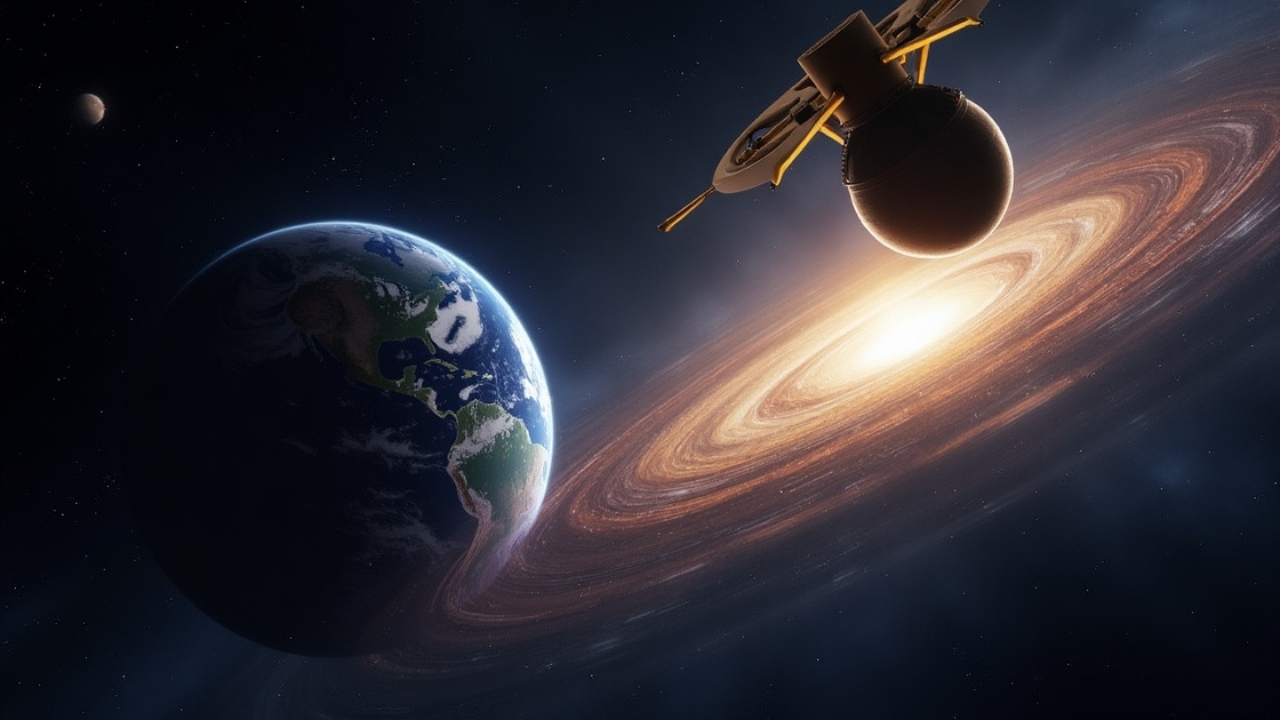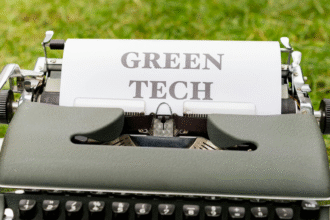When Albert Einstein predicted gravitational waves in 1916 as part of his theory of General Relativity, few imagined that a century later we would not only detect them but also use them to open a brand-new window to the universe. Gravitational waves are ripples in spacetime, generated by some of the most violent and energetic events in the cosmos—black hole mergers, neutron star collisions, and possibly even echoes from the Big Bang.
In 2015, the Laser Interferometer Gravitational-Wave Observatory (LIGO) made history by detecting gravitational waves for the first time, confirming Einstein’s century-old prediction. Since then, gravitational wave astronomy has grown rapidly, reshaping astrophysics and cosmology. But what’s next? The future of gravitational wave astronomy lies in next-generation detectors and the extraordinary cosmic discoveries they promise.
Gravitational Waves: A New Sense for Astronomy
Traditional astronomy relies on electromagnetic radiation—visible light, radio waves, X-rays, and so on. Gravitational waves, however, allow us to “listen” to the universe rather than just “look” at it. They provide direct evidence of events invisible to telescopes, such as two black holes spiraling into each other.
The beauty of gravitational waves lies in their transparency: unlike light, they are barely affected by dust, gas, or other matter. That means they carry pristine information about their sources, reaching us unaltered across billions of light-years.
Just as Galileo’s telescope revolutionized astronomy in the 1600s, gravitational wave detectors are now revolutionizing how we explore the cosmos.
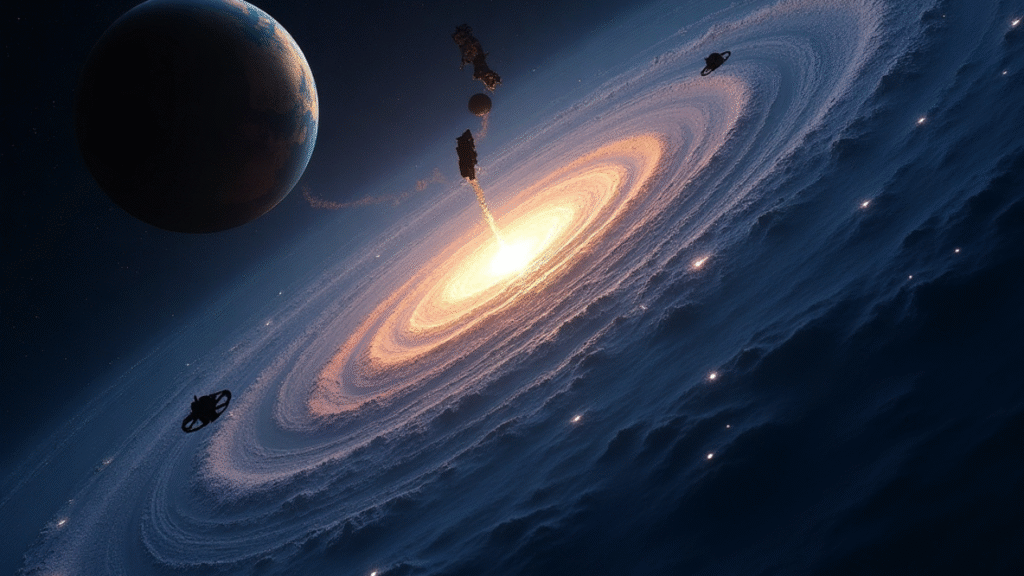
Current Detectors: LIGO, Virgo, and KAGRA
So far, the bulk of gravitational wave discoveries have come from three observatories:
- LIGO (USA) – twin detectors in Louisiana and Washington.
- Virgo (Italy) – a European counterpart working with LIGO.
- KAGRA (Japan) – the first gravitational wave observatory built underground and using cryogenic technology to reduce noise.
Together, these detectors form a global network, allowing triangulation of signals and more precise source localization. They have already revealed dozens of black hole mergers and neutron star collisions. In 2017, the joint detection of a neutron star merger with both gravitational waves and electromagnetic radiation marked the dawn of multi-messenger astronomy—combining different cosmic signals for a complete picture.
Why Next-Generation Detectors Are Needed
As impressive as current detectors are, they are limited. Their sensitivity range restricts how far into the universe we can detect signals. Most events captured so far occurred in relatively “nearby” cosmic distances. If we want to probe the first stars, early black holes, or even signals from the Big Bang itself, we need next-generation detectors.
These advanced observatories promise:
- Greater sensitivity to weaker, more distant signals.
- Coverage of lower and higher frequencies.
- A much broader observation window, potentially billions of years further into the past.
This leap in technology could make gravitational wave astronomy as rich and diverse as traditional optical astronomy.
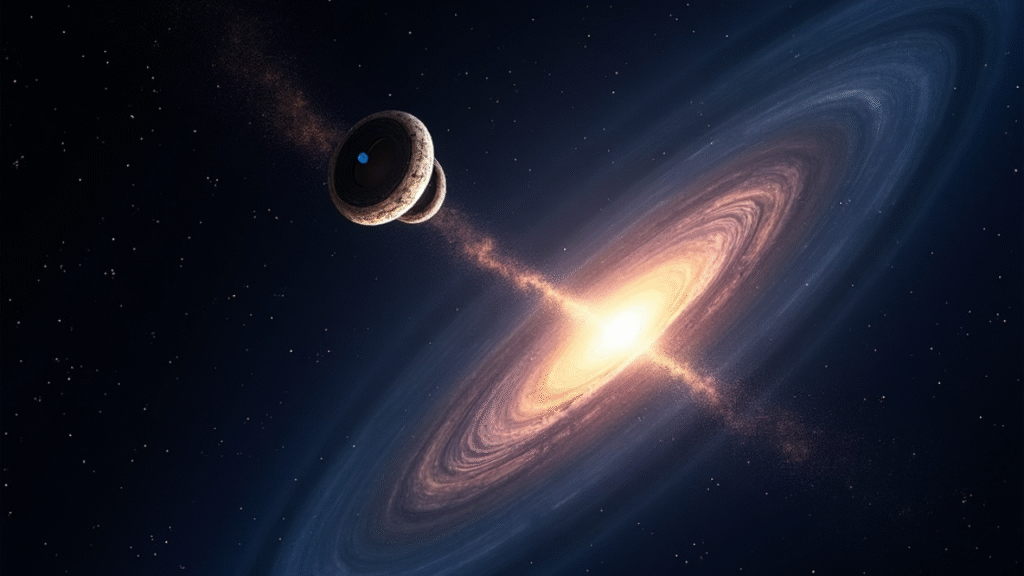
Next-Gen Detectors on Earth
1. Einstein Telescope (ET) – Europe
The Einstein Telescope is a planned underground detector in Europe. Unlike LIGO, it will have a triangular design with three arms, each 10 kilometers long. Built underground to minimize vibrations, ET will detect both low- and high-frequency gravitational waves.
It aims to:
- Probe black holes formed in the early universe.
- Explore exotic objects like boson stars.
- Detect continuous signals from spinning neutron stars.
2. Cosmic Explorer (CE) – USA
The Cosmic Explorer is the U.S. vision for the future. With arms up to 40 kilometers long, it will be far more sensitive than LIGO. CE could detect black hole mergers at the very edge of the observable universe, allowing astronomers to study how the first black holes formed and evolved.
Space-Based Detectors: A Cosmic Leap
Ground-based detectors are limited by Earth’s vibrations, seismic noise, and other interferences. To truly expand our reach, scientists are turning to space-based gravitational wave observatories.
1. LISA (Laser Interferometer Space Antenna) – ESA/NASA
Set to launch in the 2030s, LISA will consist of three spacecraft orbiting the Sun in a triangular formation, separated by 2.5 million kilometers. Using laser interferometry, it will detect lower-frequency gravitational waves that ground-based detectors cannot capture.
LISA will open an entirely new observational window, detecting:
- Supermassive black hole mergers at galactic centers.
- Inspirals of smaller black holes into supermassive ones (extreme mass ratio inspirals).
- Potential signals from early universe processes.
2. TianQin and Taiji – China
China is also developing space-based gravitational wave missions—TianQin and Taiji—that could complement LISA. Their success would strengthen international collaboration in gravitational wave astronomy.
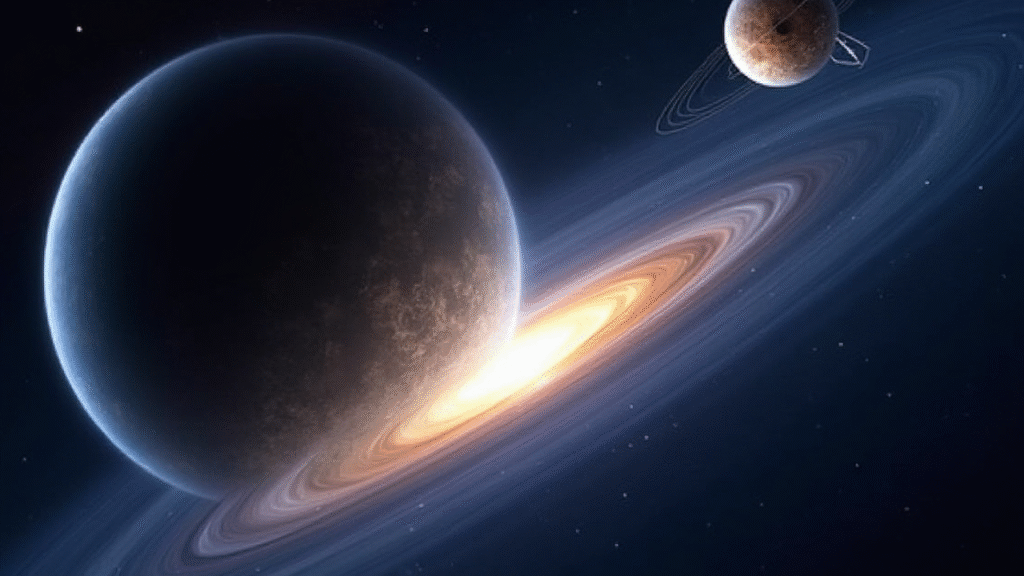
Cosmic Discoveries on the Horizon
With next-gen detectors, scientists hope to answer some of the deepest questions in physics and cosmology:
- The Origin of Black Holes: Did the first black holes form directly from collapsing stars, or from dense matter clouds in the early universe?
- The Nature of Neutron Stars: By studying neutron star collisions in detail, we can learn about the behavior of matter at densities impossible to replicate on Earth.
- Testing General Relativity: Gravitational waves offer the most extreme test of Einstein’s theory in strong-field conditions. Will it continue to hold true, or will cracks appear that hint at new physics?
- Dark Matter and Dark Energy: Exotic sources, such as hypothetical boson stars or cosmic strings, could reveal clues about the invisible components of the universe.
- Echoes from the Big Bang: Perhaps the most exciting possibility: detecting primordial gravitational waves, faint ripples left over from the universe’s earliest moments.
The Dawn of a New Era
The future of gravitational wave astronomy is not just about technology—it’s about perspective. For centuries, we have explored the universe with light. Now, we are beginning to explore it with gravity itself. The next generation of detectors—on Earth and in space—will expand our cosmic senses, enabling discoveries we can barely imagine today.
We stand at the threshold of a golden age in astronomy. Just as Galileo’s telescope transformed human understanding, gravitational wave observatories may soon reveal the unseen chapters of the universe’s story. The future promises a universe that is not only observed—but also heard, felt, and understood in entirely new ways.
In short: The future of gravitational wave astronomy is about to reshape our understanding of the cosmos, with next-gen detectors like the Einstein Telescope, Cosmic Explorer, and LISA leading the charge toward discoveries that could redefine physics itself.



